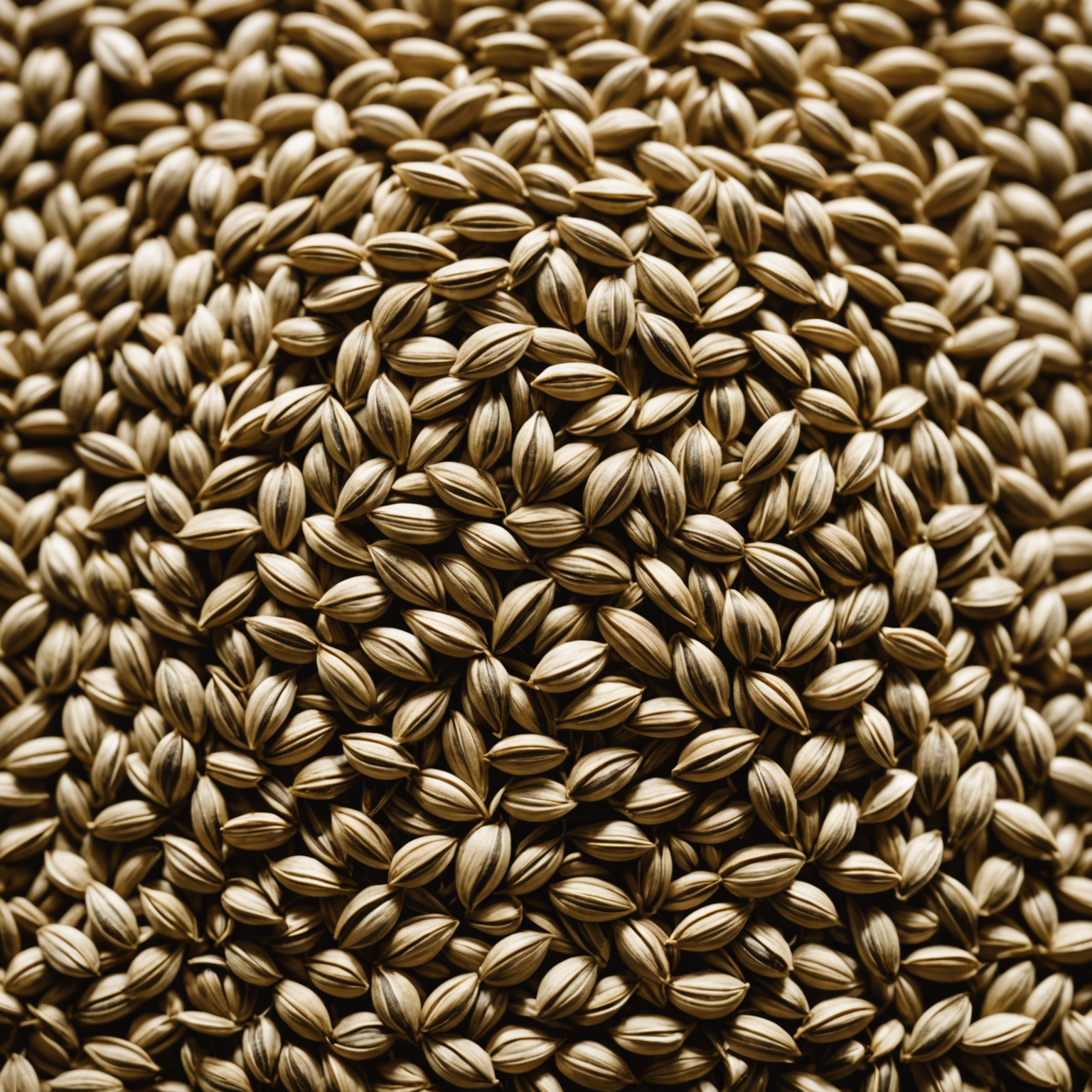This pattern shows up everywhere in nature: Fibonacci explained
 Sunflower seeds arranged in spirals illustrating Fibonacci numbers—nature’s way of packing seeds efficiently.
Sunflower seeds arranged in spirals illustrating Fibonacci numbers—nature’s way of packing seeds efficiently.
Unlocking Nature’s Secret Code
By Peter Teoh, Science Writer
Have you ever wondered why pinecones, sunflowers, and even hurricanes seem to have a mysterious spiral pattern? The answer lies in a fascinating mathematical sequence called the Fibonacci sequence. This simple yet powerful pattern pops up all across nature, shaping everything from the petals on flowers to the way trees branch out. Let’s dive into what the Fibonacci sequence is and why it’s so important to the natural world.
What Is the Fibonacci Sequence?
The Fibonacci sequence is a list of numbers where each number is the sum of the two numbers before it. It starts like this: 0, 1, 1, 2, 3, 5, 8, 13, 21, and so on. This sequence was introduced to the Western world by Leonardo Fibonacci, a medieval mathematician, while studying rabbit populations.
But it’s not just about numbers on a page. When you look at this sequence as a ratio—by dividing one number by the previous number—you get a special number close to 1.618, called the Golden Ratio. This ratio appears in many natural shapes and forms because it creates the most efficient and balanced growth patterns.
Fibonacci in Nature: Where to Look?
1. Flowers and Petals Many flowers have petals that follow Fibonacci numbers. For example, lilies have 3 petals, buttercups have 5, daisies often have 34 or 55 petals, and some sunflowers have 89 or even 144 petals. This arrangement helps flowers grow in the most balanced and attractive way.
2. Pinecones and Seed Heads Look closely at a pinecone or a sunflower’s seed head. You’ll notice two sets of spirals going in opposite directions. Counting these spirals usually reveals numbers from the Fibonacci sequence. This spiral pattern helps pack seeds tightly, maximizing space without gaps.
3. Tree Branching and Leaves The way trees branch out or how leaves grow around a stem often follows Fibonacci numbers. This pattern ensures that leaves get the most sunlight possible without shading each other, which is crucial for photosynthesis.
4. Shells and Spirals From tiny snail shells to giant nautilus shells, many mollusk shells grow in spirals that follow a logarithmic pattern related to the Fibonacci sequence. Even hurricanes and galaxies display these beautiful spirals in their shape.
Why Does Fibonacci Appear So Often?
Nature follows the Fibonacci sequence because it helps living things grow efficiently and survive. For example, arranging seeds or leaves following Fibonacci numbers allows the most packing or sunlight exposure with the least waste. It’s nature’s way of using math to solve real-life problems.
Scientists have studied thousands of plants and natural forms and found that while not every single example perfectly matches Fibonacci numbers, many do—especially when efficiency matters most. This balance between order and variety is what makes nature so fascinating.
Beyond Nature: Fibonacci in Art and Design
The Fibonacci sequence doesn’t just belong to nature. Artists, architects, and designers use the Golden Ratio to create visually pleasing compositions, from famous paintings to logos and websites. It’s amazing how a simple math sequence connects the natural world to human creativity.
Side Notes
- Phi (φ) is the symbol for the Golden Ratio, approximately equal to 1.618.
- Fibonacci numbers can be found in the branching patterns of lightning bolts and river networks.
- The Fibonacci sequence also appears in computer algorithms and financial market analysis.
Trending Sidebar: Fascinating Fibonacci Facts
- The pineapple’s scales spiral in Fibonacci numbers!
- Sunflowers follow Fibonacci spirals to fit the most seeds.
- The Golden Spiral, related to Fibonacci numbers, appears in galaxies billions of light-years away.
- The famous Parthenon in Greece was designed with Golden Ratio proportions.
References
-
Discover Magazine: Are These 10 Natural Occurrences Examples of the Fibonacci Sequence?
-
SunnySports: 5 Examples of the Fibonacci Sequence in Plants
-
HowStuffWorks: Why Does the Fibonacci Sequence Appear So Often in Nature?
-
Cleveland Design: The Nature of Design: The Fibonacci Sequence and the Golden Ratio
Leave a comment